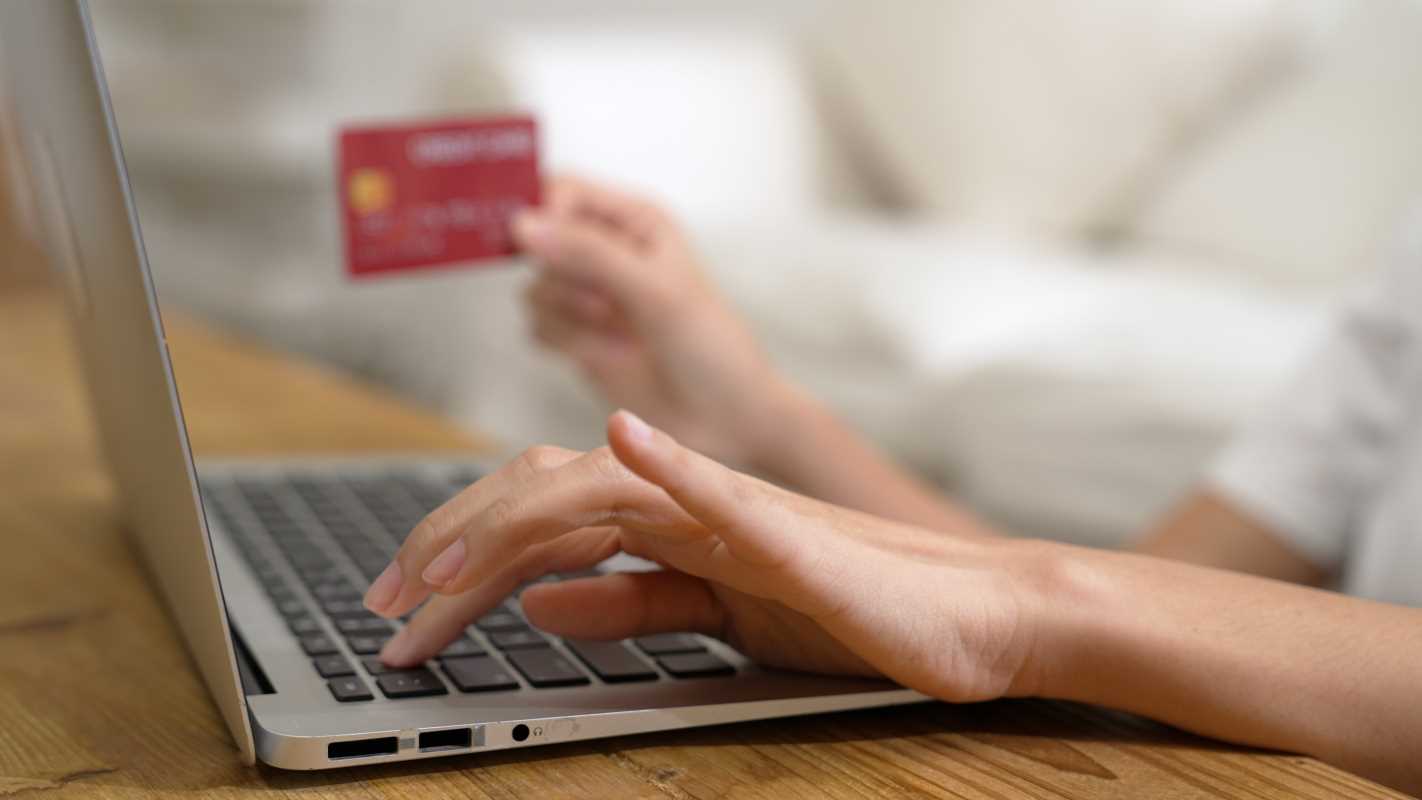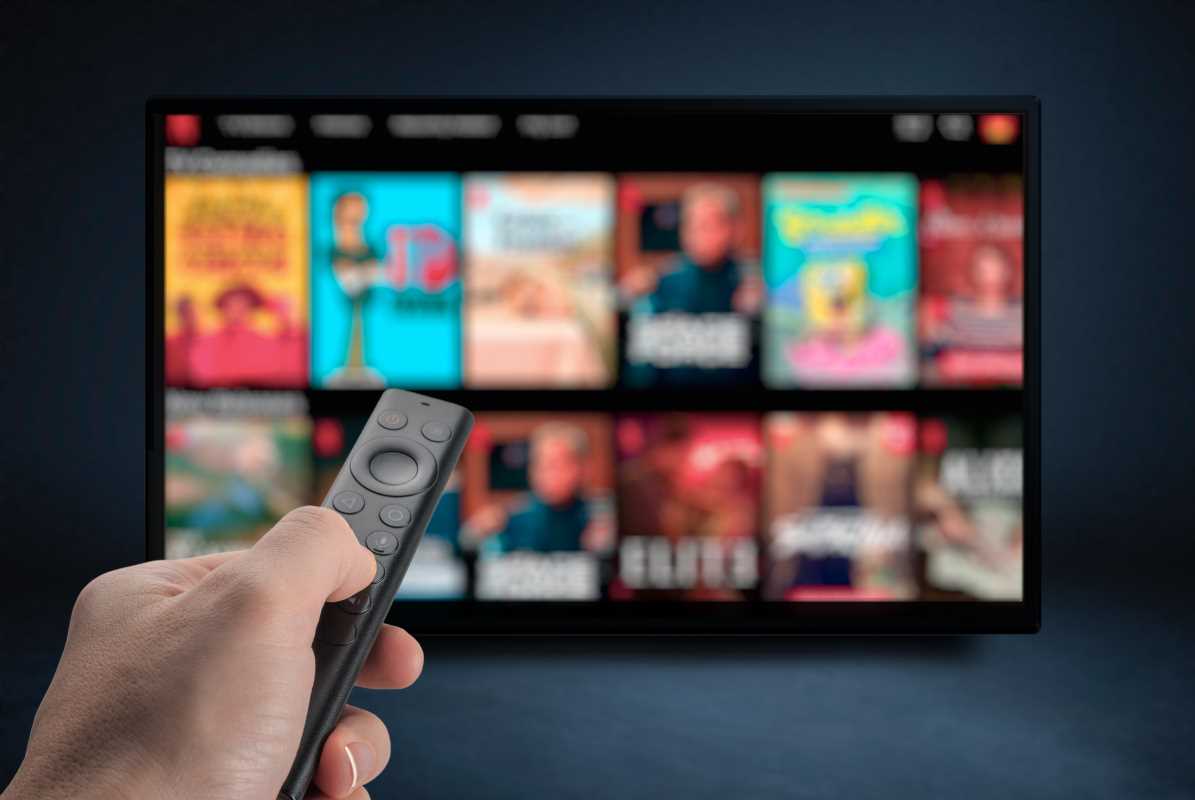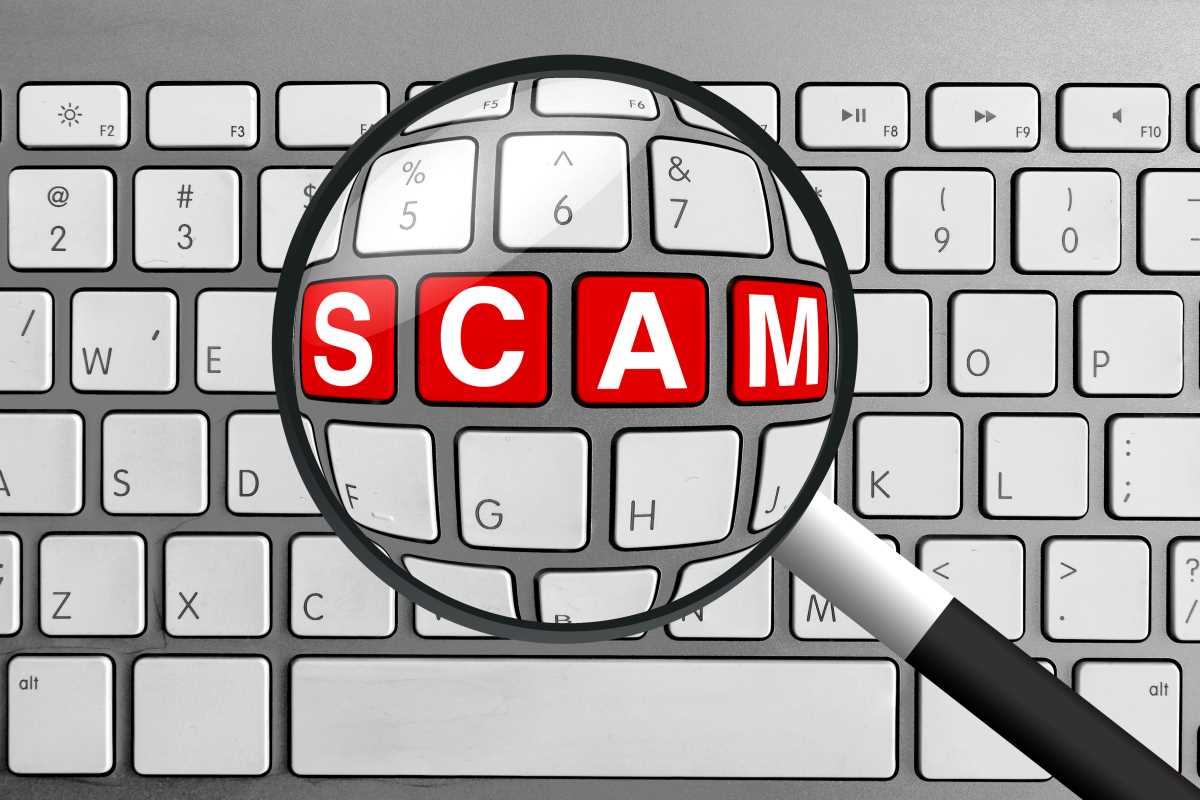Buy Now, Pay Later (BNPL) services are becoming a popular way to shop. You’ve likely seen them as a payment option while checking out online or even in stores. They promise an easy way to spread out payments for purchases, making items more accessible without needing a credit card. But how do these services actually work, and are they as good as they sound? Understanding the pros, cons, and potential pitfalls of BNPL can help you make smarter financial choices. We'll break it all down, so you know exactly what to expect and how to use BNPL without running into trouble. By the end, you’ll feel confident deciding if BNPL is right for you.
How Buy Now, Pay Later Works
BNPL services split your purchase into smaller, more manageable payments, often over a few weeks or months. You make the first payment upfront, which is usually 25% of the total cost, and the rest gets broken into equal payments. Unlike credit cards, many BNPL plans don’t charge interest, as long as you stick to the repayment schedule.
Say you’re buying a $200 pair of headphones using a BNPL service like Klarna or Afterpay. You could pay $50 at checkout and then make three additional $50 payments biweekly. These services handle payment processing automatically, usually connecting to your bank account or debit card for scheduled deductions.
Popular BNPL Providers
Companies like Afterpay, Klarna, Affirm, and PayPal’s Pay in 4 dominate the BNPL market. Each provider operates slightly differently, but the core functionality is the same. Klarna often offers longer repayment plans, sometimes ranging up to 36 months. Afterpay focuses on short-term, interest-free options. Affirm is known for financing larger purchases, such as furniture or electronics, and may charge interest depending on the terms.
Why People Love BNPL
1. Makes Expensive Purchases More Accessible
Splitting payments into smaller amounts lets people buy items they might not afford upfront. There’s no need for a $500 lump sum. Payments can be spread over time. This makes higher-priced items, like electronics, clothing, or even household goods, feel within reach.
2. Avoids Credit Card Interest
For those who want to avoid credit card debt, BNPL offers a way to pay over time without accumulating credit card interest, assuming you stick to interest-free plans. Services like Afterpay and Klarna typically don’t charge interest for short-term payments, which feels more straightforward than juggling credit card balances.
3. Provides an Alternative to Credit Checks
Unlike credit card applications, which often require credit scores and checks, BNPL services usually have simpler sign-up processes. Some providers may do a soft credit check, but it doesn’t impact your credit score. This makes BNPL a convenient option, especially for people who are building or repairing their credit.
4. Seamless Integration with Shopping
BNPL is integrated directly into many retailers’ online checkout systems. This adds convenience, letting customers quickly sign up and choose this payment option without dealing with complicated applications or paperwork.
5. Encourages Budgeting
For some, breaking payments into smaller chunks makes it easier to manage monthly budgets. Seeing a small payment every two weeks can feel less overwhelming than paying for everything at once.
The Risks of Using BNPL
1. Overspending
One of the biggest risks with BNPL services is overspending. Splitting payments into smaller amounts can make costly items feel deceptively affordable. It’s easy to buy things outside your budget because the immediate financial impact seems low.
Imagine stacking multiple BNPL purchases in one month. A few $50 payments may not seem like much, but they can quickly add up to hundreds, straining your finances.
2. Missing Payments
Missed payments trigger fees and, in some cases, interest charges. Services like Afterpay charge late fees. Others, like Affirm, may add interest depending on your repayment terms. If your bank account lacks sufficient funds for automated withdrawals, you could also face overdraft fees.
3. Lack of Consumer Protections
Unlike credit cards, which often provide purchase protection, BNPL services don’t always cover refunds or disputes. If your item arrives damaged or isn’t delivered, you may still owe payments, leaving you to sort things out with the retailer.
4. Temptation for Non-Essential Purchases
BNPL encourages impulsive spending, especially for non-essential purchases like trendy clothing or gadgets. Seeing the option to pay just $20 now makes splurging feel guilt-free, even when the item isn’t truly needed. These small indulgences can lead to bigger financial regrets.
5. Long-Term Debt
Though billed as a short-term solution, BNPL can end up causing long-term financial strain. Signing up for multiple plans or extending payments over several months ties up your income, making future expenses hard to manage.
Tips for Using Buy Now, Pay Later Wisely
1. Stick to a Budget
Before using BNPL, review your monthly expenses and determine what you can realistically afford. A good rule of thumb is to keep all BNPL payments below 10% of your monthly income. This avoids overextending your finances.
Suppose you make $2,500 a month. Limiting your BNPL payments to $250 means there’s still room for essentials like rent, groceries, and utilities.
2. Reserve BNPL for Necessities or Big-Picture Goals
Use BNPL selectively for essential purchases or items that provide long-term value, like work equipment or home appliances. Avoid using it for impulse buys. Ask yourself, “Does this purchase contribute to my quality of life, or am I just chasing a trend?”
3. Set Calendar Reminders
Stay on top of payment due dates by setting alerts in your phone or calendar. Most BNPL services automatically deduct payments, but having reminders keeps you on top of upcoming charges and prevents overdrafts if your account balance is low.
4. Carefully Review Terms
Not all BNPL plans are created equal. Some providers offer interest-free payments. Others add interest or fees depending on the length of the repayment plan. Always read the fine print to understand the total cost. Purchasing a $1,000 laptop on a 12-month plan with a 15% interest rate would result in a total amount paid of $1,150. Knowing these details upfront avoids surprises.
5. Limit Active BNPL Plans
Having multiple BNPL plans at once makes it easy to lose track of payments. Choose one service or provider to simplify things, and avoid overstuffing your budget by keeping active plans to a minimum. Prioritizing one or two larger purchases clears the way for better financial control.
6. Check Your Bank Balance Regularly
Monitoring your bank account helps you be prepared for automatic BNPL deductions. Keeping track prevents unexpected overdrafts, especially if you’re balancing multiple payments with other monthly bills.
7. Watch Your Credit Report
Many BNPL providers don’t require credit checks, but some report your payment history to credit bureaus. This can help build a positive credit profile but could hurt your score if you miss payments. Regularly checking your credit report keeps things in check.


.jpg)




